Still no justice: Ukraine marks anniversary of deadly post-Euromaidan clashes in Odessa
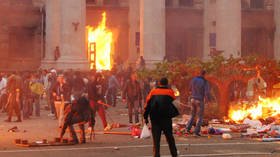
Five years have passed since the deadly clashes in Odessa, Ukraine, but there is still no sense of justice. The constantly-delayed probe has only led to one conviction, while the courts have been harassed by far-right activists.
More than 1,000 people came on Thursday to Kulykove Pole in Odessa to lay flowers in memory of the victims of the fierce and chaotic clashes that rocked the city in 2014. The tragic events left 48 people dead. Most of them perished inside the Trade Unions House, which was set on fire during the standoff between pro-coup activists and their opponents.
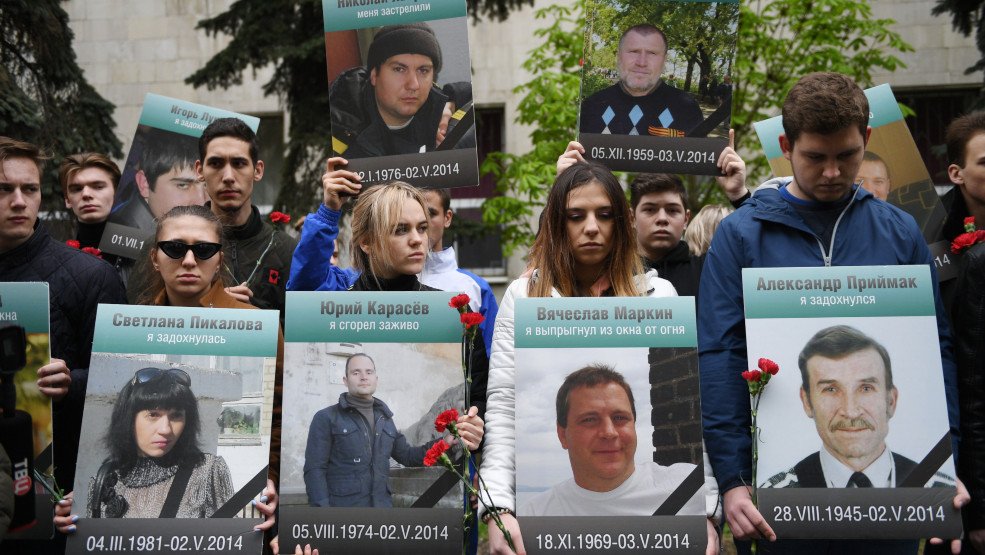
The death toll, as well as the images of charred bodies lying on the stairs of the burnt-out building, shook the nation. Yet, as of today, only one person has been convicted in relation to the clashes, Deputy Interior Minister Sergey Yarovoy said. So what exactly happened in Odessa that day and who is responsible for the bloodshed?
From street battles to deadly inferno
Located on the Black Sea coast, Odessa was mostly known as a quiet, peaceful town, a popular tourist hub since Soviet times, with a nice climate and vibrant culture. The spring of 2014 divided its history into two parts. The tragedy unfolded on the heels of the Euromaidan protests and bloody coup in Kiev which inflamed tensions across the country. The tense atmosphere in the city reached a boiling point on May 2, when scores of football fans flocked there to watch a game.
Joined by Maidan Self-Defense (a pro-coup group) and far-right group Right Sector, they decided to hold a massive ‘unity of Ukraine’ rally downtown. They were met there by local anti-coup and pro-federalization activists. The standoff quickly escalated into brutal street fights. Six people were gunned down.
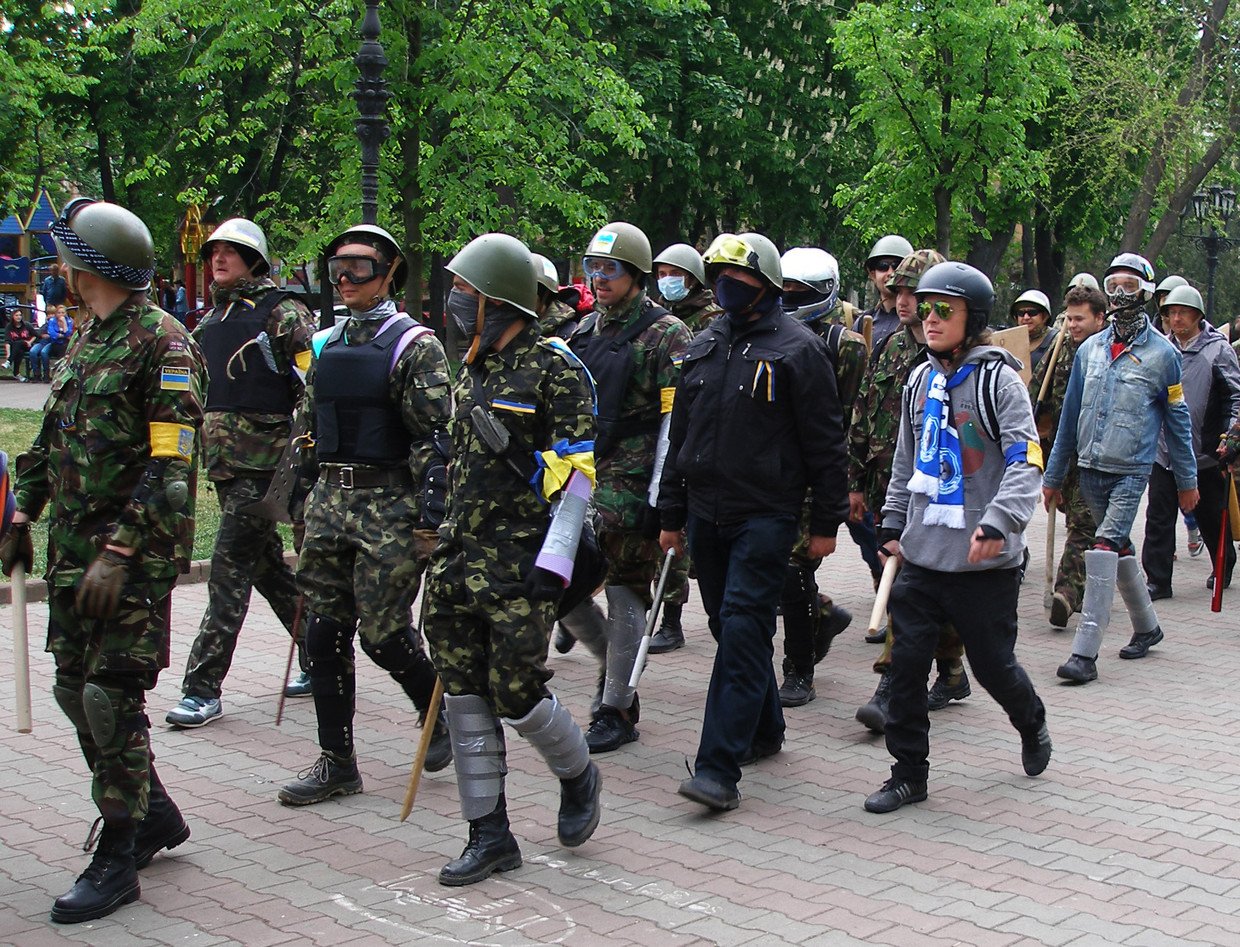
The anti-coup activists retreated, taking refuge inside a large five-story building known as the Trade Unions House. They were chased down by the pro-unity and coup supporters. Some of them were filmed hurling Molotov cocktails at the building and firing at the windows. Others cheered on as the fire rapidly spread.
The first floor was soon engulfed in flames, forcing people to seek refuge on the rooftop. Those less fortunate hid from the fire on narrow drip cups, while some jumped to the ground. People in the crowd outside reacted in different ways. Some tried to save people from the raging inferno, but others in the pro-unity camp attacked those who had just barely made it out alive.
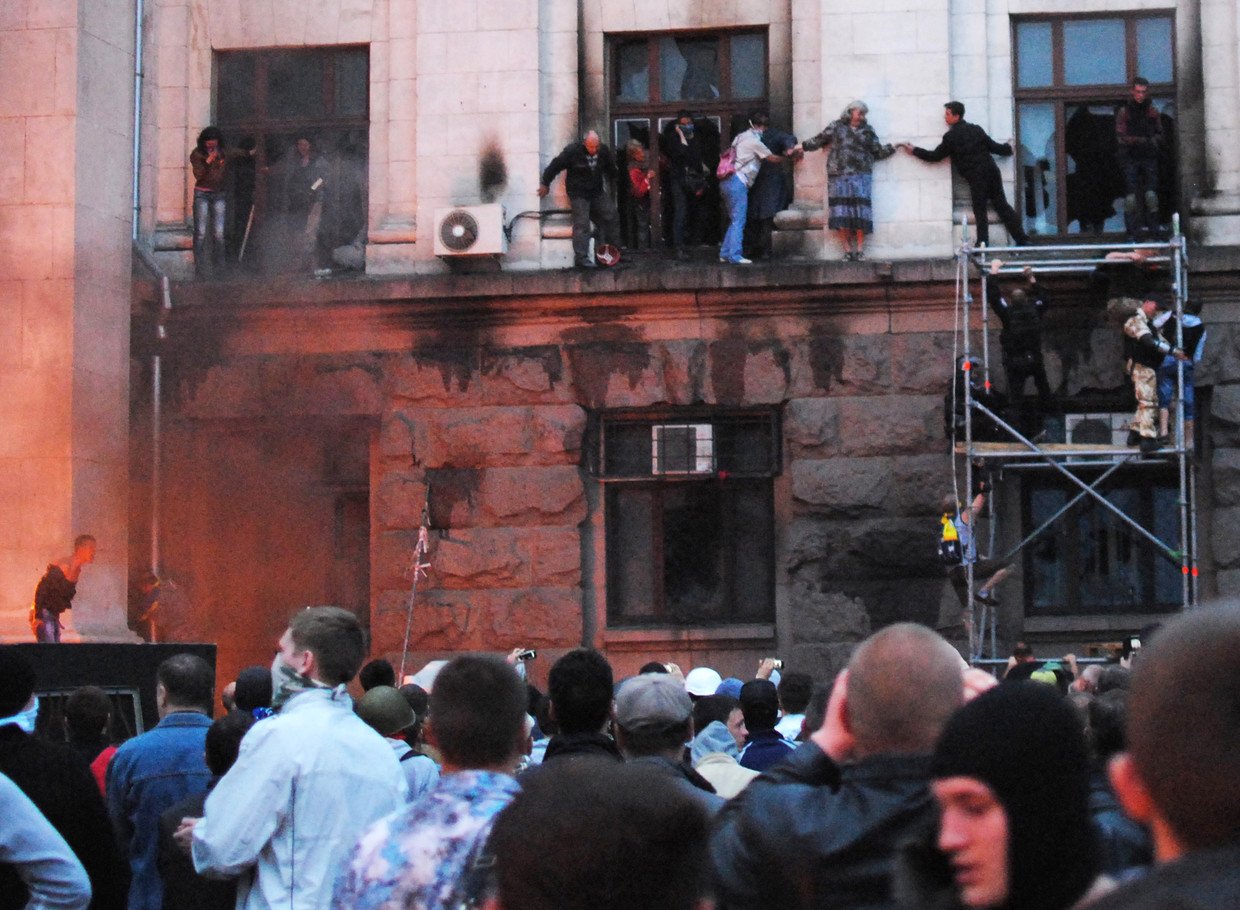
5 years and no justice
As bereaved Ukrainians were laying wreaths at the steps of the building and carrying placards with photos of the dead on Thursday, many felt that the authorities have let the victims down.
“My husband and brother died. Both were burned right here,” a sobbing woman said, pointing at the refurbished Trade Unions Building.
“How is it even possible that, in a civilized country, people were burned alive at a city center just like that?” said another.
Many wonder why the case has taken the investigators so long, given the amount of publicly available footage of the clashes.
The UN seems to have similar thoughts. Five years have passed since the tragedy, but “no meaningful progress” has been made in the investigation and in bringing the perpetrators to justice, the organization’s mission in Ukraine noted in March.
Court proceedings have stalled and are repeatedly delayed. As a result, some defendants have spent years in custody or under house arrest. Others, like the local police chief, accused of inaction during the clashes, fled the country.
The investigation was also accused of bias against pro-federalization activists. Out of more than two dozen defendants, only one was pro-unity. There were multiple reports of far-right groups pressuring the court to release the man. Two hearings were called off “due to the court’s failure to select a jury panel and disruption of the proceedings by ‘pro-unity’ supporters,” a UN report said.
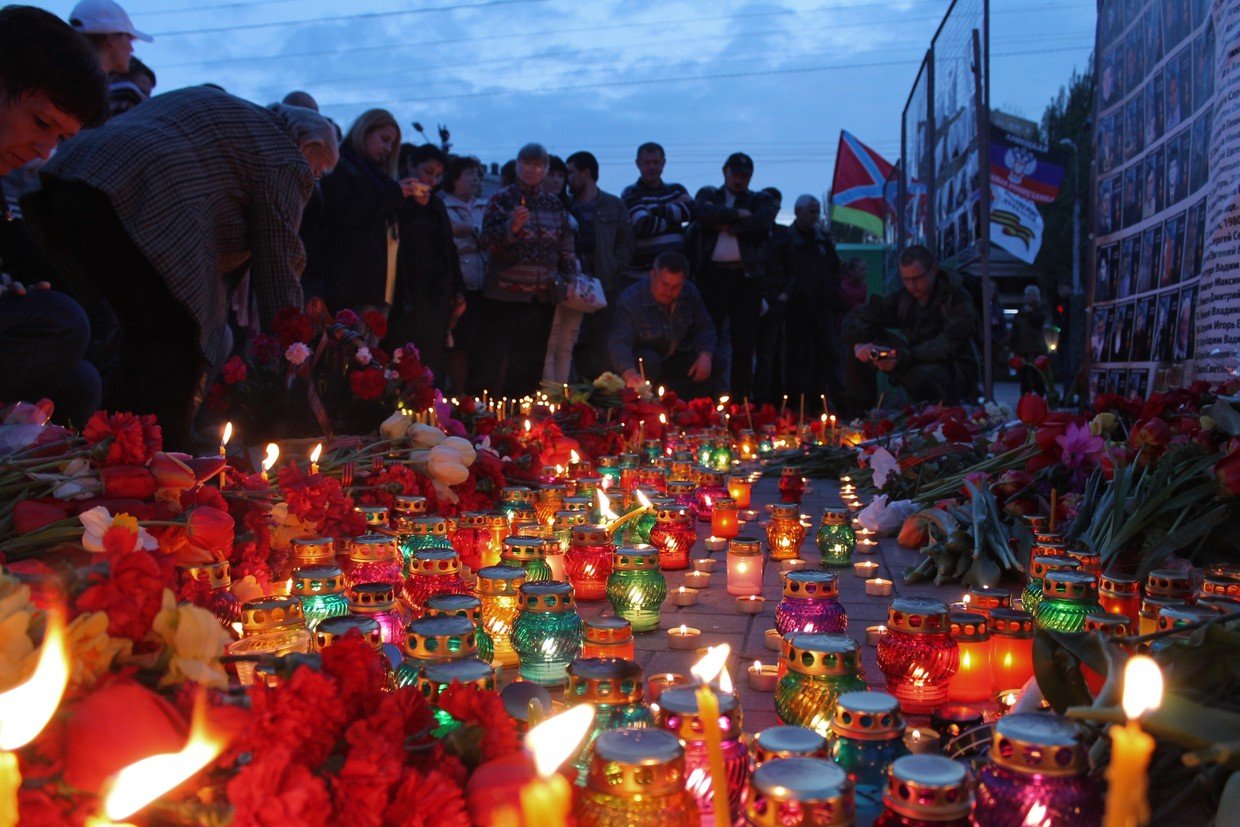
In another incident, far-right activists clashed with police outside the court building in Odessa, injuring 35 officers.
Nationalists were outraged that two anti-Maidan activists were acquitted for their role in the May 2 clashes. Both were quickly arrested again, this time charged with “conspiracy to undermine the territorial integrity” of Ukraine, and remain in custody to this day.
The authorities could not prove the men were guilty, but did not dare let them walk free either, because “the radicals would come and start an intimidation campaign,” Kiev-based political analyst Mikhail Pogrebinsky told RT.
Also on rt.com Five years on from Euromaidan: Did ordinary Ukrainians benefit from the Western-backed ‘revolution’?The judges are being intimidated. The authorities don’t want to face the nationalists because they are well-organized. As long as the authorities continue such policies, the situation won’t change.
Think your friends would be interested? Share this story!












